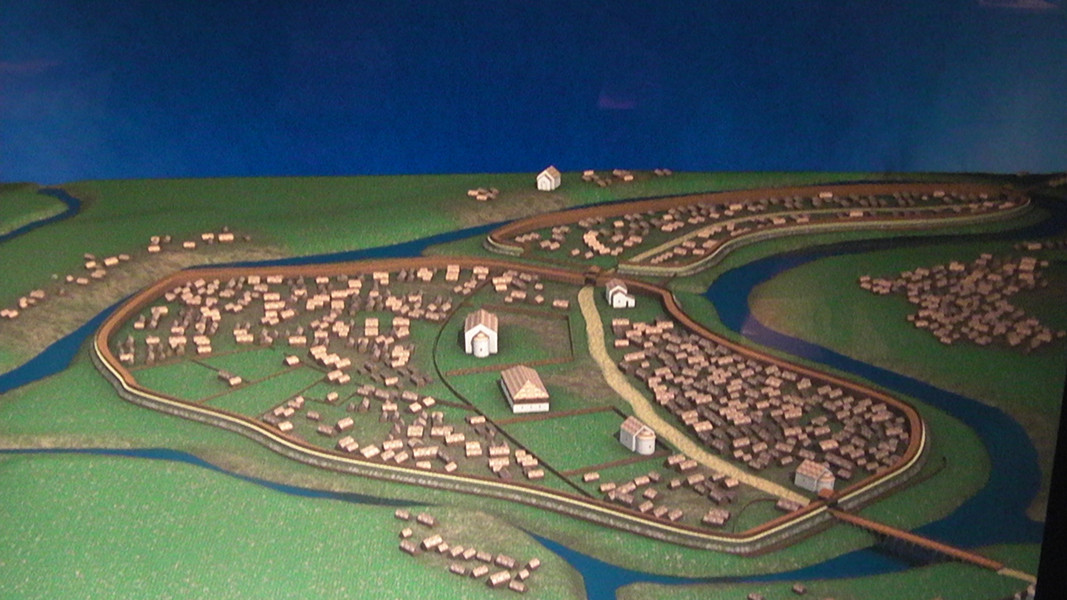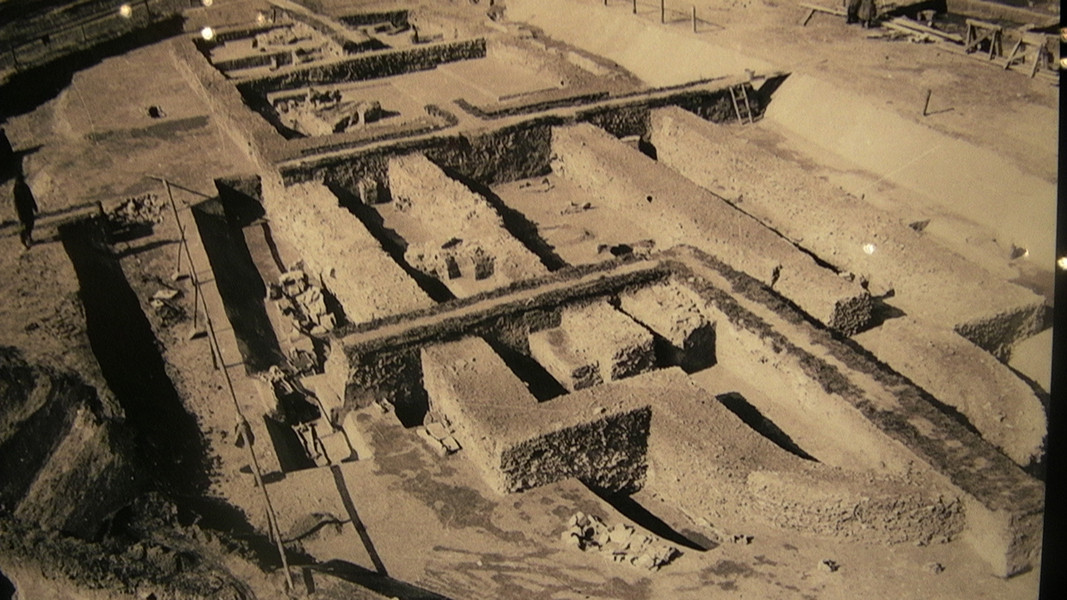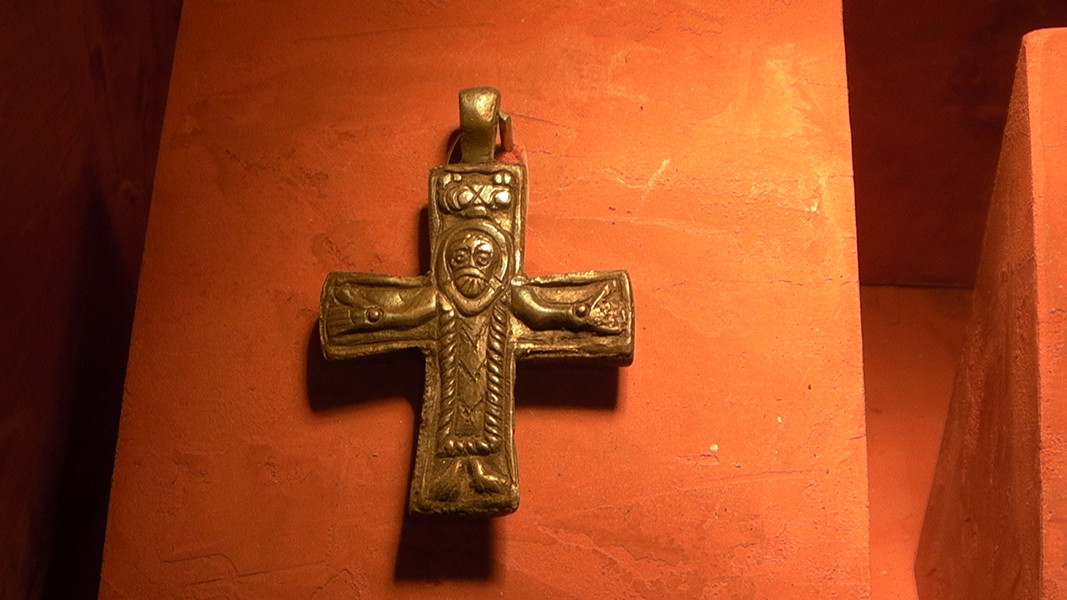 4
4
On the days from 23 to 25 May, the square in front of the St. Nedelya church, bearing the same name, is probably going to be one of the busiest places in the capital Sofia – thousands are expected to throng to see the relics of the Saints Cyril and Methodius. The relics are in Sofia for the first time, brought from Esphigmenou monastery in Mount Athos.
The question of the relics of the Saints Cyril and Methodius is a veritable mystery in which real life seems stranger than fiction.
According to the detailed passional of the saint, when Constantine-Cyril the Philosopher died on 14 February, 869 in Rome, his brother, Methodius laid his body down in a coffin and prepared to take it back to Polychron monastery. But the Roman bishops and Pope Adrian II wanted the body to be laid down in the basilica of San Clemente, at the time outside Rome. The bishops wanted to open it and see whether the body inside was whole and incorrupt, but were unable to open the coffin, and it was laid down unopened. At the beginning of the 18th century, the raw façade of the medieval church was renovated, baroque-style, and a new fresco was added inside. But the lower levels, the foundations of the old church, even some Roman elements were preserved, and with them the relics of saints, including those of St. Cyril.
On the occasion of the 1,000th anniversary of Cyril and Methodius’s mission to Moravia, solemnly celebrated in Rome in 1863, Dominican monks began searching San Clemente for Cyril’s grave. Their efforts continued right up until 1870, to no avail.

A century later, on the occasion of the 1,100th anniversary of the Moravia mission, Padre Leonard Boyle took up the same task. After studying documents, he established that during the turbulent years following the French Revolution, many of the valuables were taken from the church. The relics of St. Cyril, inside a marble urn, ended up in the possession of Monsignor Lorenzo Girolamo Mattei, duc Mattei. He was inherited by the Antici family from Recanatti. In their family mansion, Boyle found a reliquary with the inscription “ex ossibus sancti Cyrilli” – “the bones of Saint Cyril”. According to the Vatican, it contained the saint’s finger bone.

In his book “Italian mysteries”, Asen Marchevski, interpreter for many years at the Bulgarian embassy in Rome writes, citing Leonard Boyle himself, that the reliquary actually contained a whole hand. The Vatican ordered the remains to be laid down in the altar of the Saints Cyril and Methodius, left of the first floor door, underneath the fresco of the two brothers. There is one theory, that in the 19th century some of the remains of the saint found their way to Thessaloniki, where they were kept by a wealthy Greek family and then donated to Athos.
Meanwhile, in 1929, Bulgaria became the first Slavic country to have placed a mosaic icon of St. Cyril inside the San Clemente basilica in Rome. It was the work of Thessaloniki-born Prof. Lyubomir Dachev. Much later, over the grave, which is assumed to be empty, inscriptions of gratitude appeared by other Slavic nations.

Even less is known of the remains of Saint Methodius, even though people have been looking for them in the Czech Republic for three centuries. After his death on 6 April, 885, and the burial service in Slavic, Greek and Latin, he was buried in the capital of Great Moravia Veligrad in “the wall behind the altar of Saint Mary”. To this day it is not known where that capital was actually located. Some Czech archaeologists say it is the settlement that existed on Morava River at Mikulčice.

Prof. Zdeněk Klanica and his tutor Prof. Josef Poulík believe that St. Methodius and laid down in the basilica in Mikulčice. In grave No. 580, inside a brickwork chamber an elbow joint was found, alongside remains of silver-woven garments, a broad silver-edged leather belt, a gold bell and a fragment of a gilded copper book plate. There was also something resembling a staff, with a rhomphaia sword hidden inside. Such a staff may well have belonged to Archbishop Strahota (meaning awe-inspiring), as the Moravians translated the Slavic name Methodius. Whether the grave was plundered during the Magyar invasions, or whether the relics were taken out by disciplines of his before that, who then fled to Bulgaria, is anyone’s guess.

But setting aside the studies by historians, if we want a taste of the atmosphere from the lives of the Saints Constantine-Cyril the Philosopher and of Methodius, all we need to do is travel less than 300 kilometres from Sofia – to Thessaloniki, Greece. That is where the two brothers were born, and it has preserved locations and evidence from the lives of the Saints Cyril and Methodius.
Photos: BGNES
From 16 September, the History Museum in Panagyurishte will be hosting the original Panagyurishte Gold Treasure. The priceless find will be displayed in the museum’s secure vault hall, where it can be seen until October 23. The treasure will be on..
On September 14, the Bulgarian Orthodox Church bows down before the cross on which Jesus Christ was crucified . The Exaltation of the Holy Cross of the Lord or Cross Day is one of the 12 great Christian holidays. It is one of the four days..
Today, Bulgaria celebrates the 140th anniversary of the Unification of the Principality of Bulgaria and Eastern Rumelia. The center of the festivities is Plovdiv, where on this day in 1885, after the entry of the Golyamo Konare detachment into the..

+359 2 9336 661
